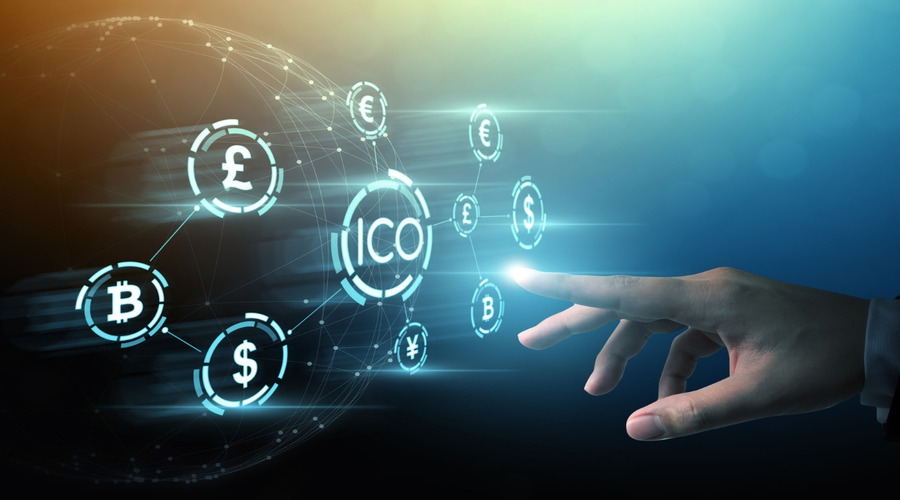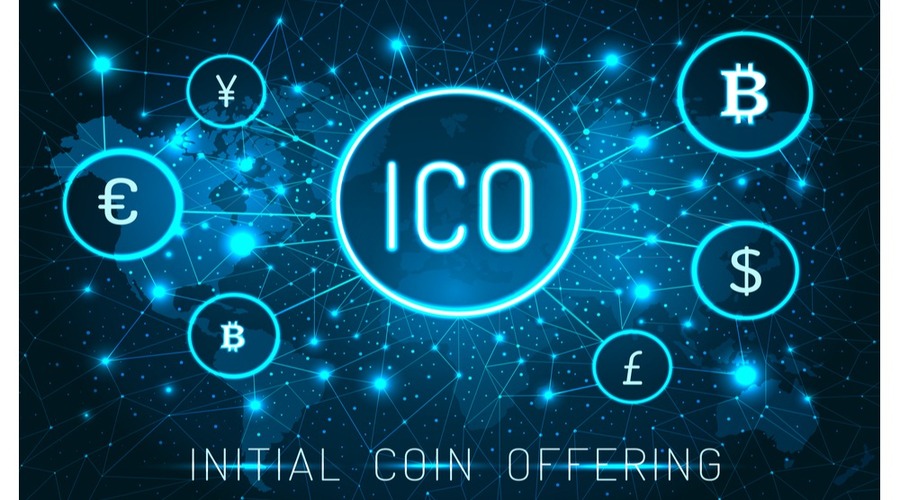Introduction
In the world of blockchain and cryptocurrency, Initial Coin Offerings (ICOs) and Initial Exchange Offerings (IEOs) have become popular fundraising methods for blockchain projects. These events allow companies to raise funds by selling their native tokens to investors. However, in recent years, a new practice has emerged in the crypto community known as “coin burning.” Coin burning refers to the intentional destruction of tokens, reducing their total supply. In this blog post, we will explore the concept of coin burning in ICOs and IEOs, its purposes, potential benefits, and its impact on the token economy.
Understanding Coin Burning
Coin burning is a deliberate act by the token issuer to permanently remove a certain amount of tokens from circulation. This is typically done by sending the tokens to a verifiably unspendable address, also known as a “burn address.” Once the tokens are sent to this address, they become inaccessible and cannot be used or transacted. By reducing the total supply of tokens, coin burning aims to create scarcity and potentially increase the value of the remaining tokens.
Coin burning is a concept that has gained traction in the world of blockchain and cryptocurrency. It refers to the deliberate and permanent destruction of tokens by the token issuer. This act involves sending the tokens to a verifiably unspendable address, effectively removing them from circulation. The primary purpose of coin burning is to create scarcity within the token economy. By reducing the total supply of tokens, issuers aim to increase their value and potentially generate positive market sentiment. Coin burning can be seen as a strategic move to regulate token supply, manage inflation, and enhance the token’s utility. It can instill confidence among investors by demonstrating a commitment to the long-term success of the project.
Additionally, by reducing sell pressure, coin burning may contribute to price appreciation and overall market stability. However, it is crucial for issuers to approach coin burning with transparency and alignment with the project’s tokenomics. By carefully implementing coin burning, blockchain projects can shape a sustainable and thriving token economy while offering potential benefits to token holders and the project as a whole.
Purposes of Coin Burning
- Supply Control: Coin burning helps regulate the token supply and manage inflation. By reducing the number of tokens in circulation, issuers can maintain a better balance between supply and demand, potentially stabilizing the token’s value.
- Supply control is one of the primary purposes of coin burning. By intentionally destroying a portion of tokens, issuers can effectively regulate the token supply within the ecosystem. This process helps to maintain a balance between the supply and demand dynamics, potentially stabilizing the token’s value. By reducing the available tokens in circulation, coin burning aims to mitigate inflationary pressures that could arise from an excessive token supply. Through supply control, issuers can create a sense of scarcity and rarity, which may increase the desirability and value of the remaining tokens, benefiting both the project and token holders.
- Increased Value: Scarce resources tend to have higher value. Coin burning creates scarcity by reducing the token supply, which can drive up the token’s price in the market. This can attract investors and increase the overall market capitalization of the project. Another significant purpose of coin burning is to increase the value of the tokens. By deliberately reducing the token supply through coin burning, issuers create a scarcity effect. The principle of supply and demand comes into play, as a reduced supply can potentially lead to increased demand and a higher token value in the market. Investors may perceive the limited availability of tokens as an opportunity for potential price appreciation, which can attract more participants to the project. Coin burning, therefore, serves as a strategic approach to enhance the value proposition of the tokens and create a positive market perception, benefiting both the project and token holders.
- Investor Confidence: Coin burning can be used as a strategic move to build trust and confidence among token holders. By demonstrating a commitment to the long-term success of the project, issuers signal their dedication to maintaining token value and aligning the interests of investors with the project’s goals. Coin burning also serves the purpose of building investor confidence. When token issuers engage in coin burning, they demonstrate a commitment to the long-term success of the project and the value of the tokens. This act can instill trust and reassurance among investors, as it signifies that the project’s interests are aligned with those of the token holders. By intentionally reducing the token supply, issuers show a willingness to take actions that can potentially increase the value of the remaining tokens. This strategic approach enhances transparency, accountability, and investor relations, fostering a positive perception of the project and attracting more stakeholders to participate in the token economy.
- Utility Enhancement: Coin burning can be employed to enhance the utility of the token. By reducing the token supply, issuers can increase the token’s scarcity, making it more valuable and sought after. This can incentivize token holders to actively use and engage with the token within the project’s ecosystem. Coin burning also serves the purpose of enhancing the utility of the token. By reducing the token supply through coin burning, issuers can increase the token’s scarcity and demand within the project’s ecosystem. Scarcer tokens tend to be perceived as more valuable, incentivizing token holders to actively engage with and utilize the token. This increased utility can drive adoption and usage of the token within various applications, platforms, or services offered by the project. By enhancing the token’s utility, coin burning not only benefits token holders by potentially increasing the value of their holdings but also strengthens the overall ecosystem and reinforces the token’s role as a valuable asset within the project’s infrastructure.

Benefits of Coin Burning
- Price Appreciation: One of the primary benefits of coin burning is the potential for price appreciation. By reducing the token supply, the demand for the remaining tokens may increase, leading to higher prices. This can benefit both early investors and the project itself by increasing the value of the remaining tokens. One of the significant benefits of coin burning is the potential for price appreciation. By intentionally reducing the token supply through coin burning, issuers can create a scarcity effect. With a limited supply of tokens in circulation, the demand for the remaining tokens may increase, leading to higher prices in the market. This price appreciation benefits both early investors and the project itself. Early investors may see the value of their holdings grow, while the project benefits from increased market capitalization. Price appreciation can also attract new investors who perceive the upward momentum as an opportunity for potential gains, contributing to the overall growth and success of the project.
- Market Sentiment: Coin burning can positively impact market sentiment by demonstrating a commitment to the long-term success of the project. Investors often interpret coin burning as a bullish signal, which can attract more investors and create positive momentum for the project. Coin burning offers a significant benefit in terms of market sentiment. When token issuers engage in coin burning, it sends a positive signal to the market. Investors often interpret coin burning as a demonstration of commitment and confidence in the project’s long-term success. This act can create a bullish sentiment, generating positive momentum and attracting more investors to participate in the token economy. Improved market sentiment can lead to increased trading activity, liquidity, and overall market interest. It also enhances the project’s reputation and credibility, fostering a favorable perception among potential investors and stakeholders. By positively influencing market sentiment, coin burning can contribute to the growth and success of the project.
- Token Economics: Coin burning can help maintain a healthy token economy. By reducing token supply, the inflationary pressure on the token can be mitigated, creating a more stable and sustainable ecosystem. This can lead to increased adoption and utilization of the token.
- Reduced Sell Pressure: In projects where token holders have a significant amount of tokens, coin burning can help reduce sell pressure. By removing a portion of the tokens from circulation, the available supply for trading decreases, potentially decreasing the frequency and volume of token sales.
Implementing Coin Burning in ICOs and IEOs
When implementing coin burning in ICOs and IEOs, it is crucial for issuers to carefully consider various factors:
- Transparency: Issuers should communicate their coin burning plans clearly to the community. Transparent communication fosters trust and helps investors understand the rationale behind the burning process.
- Tokenomics: Coin burning should align with the project’s tokenomics and long-term goals. Issuers must carefully analyze the impact of burning on the token’s supply and demand dynamics to ensure a balanced ecosystem.
- Regulatory Compliance: Issuers should ensure that coin burning practices comply with relevant regulations and legal frameworks. Compliance with securities laws and guidelines is essential to avoid any potential legal consequences.
- Community Engagement: Involving the community in the coin burning process can strengthen the project’s community engagement. Issuers can consider implementing mechanisms such as voting or staking to allow token holders to participate in the decision-making process.
Conclusion
Coin burning has emerged as a strategic tool in ICOs and IEOs, aiming to create scarcity, increase token value, and enhance the overall token economy. By intentionally reducing the token supply, issuers can potentially benefit from price appreciation, increased investor confidence, and a more sustainable ecosystem. However, it is crucial for issuers to implement coin burning transparently, align it with tokenomics, comply with regulations, and engage with the community to maximize its effectiveness. As the cryptocurrency market continues to evolve, coin burning will likely remain an essential element of token economics and project sustainability.
